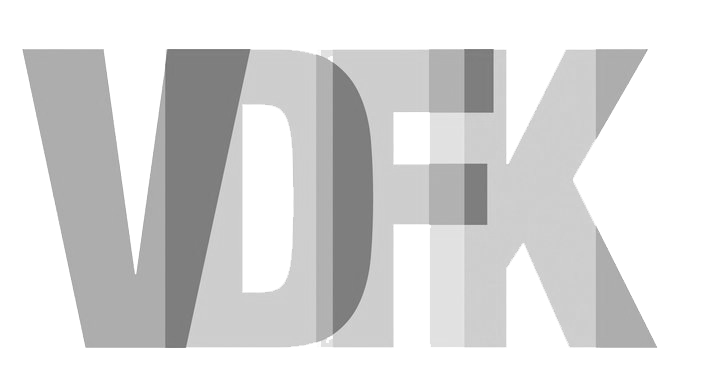Film Text: A Museum Sleeps
Film Text: A Museum Sleeps

Cinema as Séance
By Phuong Le
Precariously perched on a tree branch in Parc des Buttes-Chaumont, Ornica ceremoniously lights a candle and stares at a postcard of Gustave Moreau’s Jupiter et Sémélé painting like a man possessed. Consumed by an obsessive quest to locate Chloé, a lost love, he repeatedly whispers “I have seen this image before” to the card as if casting a spell, or a prayer, that would decipher the picture and set him on the right path. Around him, the trees murmur hypnotic phrases to soothe Ornica to sleep. Maybe in dreams, he will find his way.
Like Ornica in A Museum Sleeps, I had whispered the same spell, albeit to a laptop screen. Confined to my small studio during the first lockdown, I chose to watch almost exclusively films set in Paris. Jacques Rivette’s Le Pont du Nord (1981) and Claude Miller’s Juliet dans Paris (1967) came off as most disquieting. The reason had nothing to do with the plots, but rather with a specific place. Both films have a brief shot of the same street plaque of Avenue René-Coty where I was living nearby at the time. This was startling because, first off, you rarely see the residential, rather boring 14th arrondissement in films. Additionally, the fact that Avenue René-Coty was where I would do my daily walk intensified this shock of recognition. I too have seen this image before. And yet, due to the new restrictions, that plaque was tantalizing beyond my permitted travelling zone. Suddenly its meaning was transformed; it became the marker of a ritual disrupted, a reminder of a normalcy that had ceased to exist.
This small yet striking detail lent me a special kinship with Ornica’s disruptive, slippery relationship to the Musée Gustave Moreau. The museum is, of course, real yet it feels ghostly. It haunts Ornica through the postcard. It haunts him even when he is inside the building, pushing his face up against the glass displays and pressing his palms hungrily. These tactile interactions are futile. When Ornica climbs the beautiful spiral staircase that leads him face to face with the real Jupiter et Sémélé painting, he reaches out as if to poke at the artwork but grasp nothing. As a specter of his past love, the place becomes intangible, unreal. Ornica’s frustration is one of disconnect, as what has bound him to this place is no longer there, which in turn dislodges the museum from its present. It’s locked up in a part of his memory to which he has lost the key.
The filmic images of Avenue René-Coty induced in me the same kind of frustration. It is eerie when a quotidian place becomes temporally indeterminate. Nevertheless, since my lockdown viewing habits were a substitute for my aimless Parisian strolls, the coincidence of bumping against such images speaks to the elements of chance that make up urban life. After all, it is a chance encounter that unlocks the “real” museum in Ornica’s psyche. In a bar in Montreuil, he is put into a trance as a glitter-ladened nightclubber gyrates around him. Flashes of the museum come to him, still images with an amateurish sheen, as opposed to the gliding camera movements that capture his physical visit. These images, though blemished, are more alive than ever. A ghost is made flesh, but only in dreams.
Paris is a city of phantoms. Jacques Yonnet wrote in Paris Noir: “You’re no true Parisian, you do not know your city, if you haven’t experienced its ghosts.” André Breton began Nadja by questioning “Who am I?” only to answer that “everything would amount to knowing whom I ‘haunt.’” The cinema too is full of ghosts. Per Derrida, “The cinema is the art of ghosts, a battle of phantoms. It’s the art of allowing ghosts to come back.” A Museum Sleeps then rethinks narrative as a kind of séance that consists, not of causal plot points, but of Feuillade-esque chance images, random encounters, and a sense of games. Perhaps this is the best strategy to reconstruct a city and its ghosts. In my lockdown viewings, I saw my flâneuse past. In A Museum Sleeps, I glimpsed my future, and a return of a freewheeling urban phantasmagoria.
